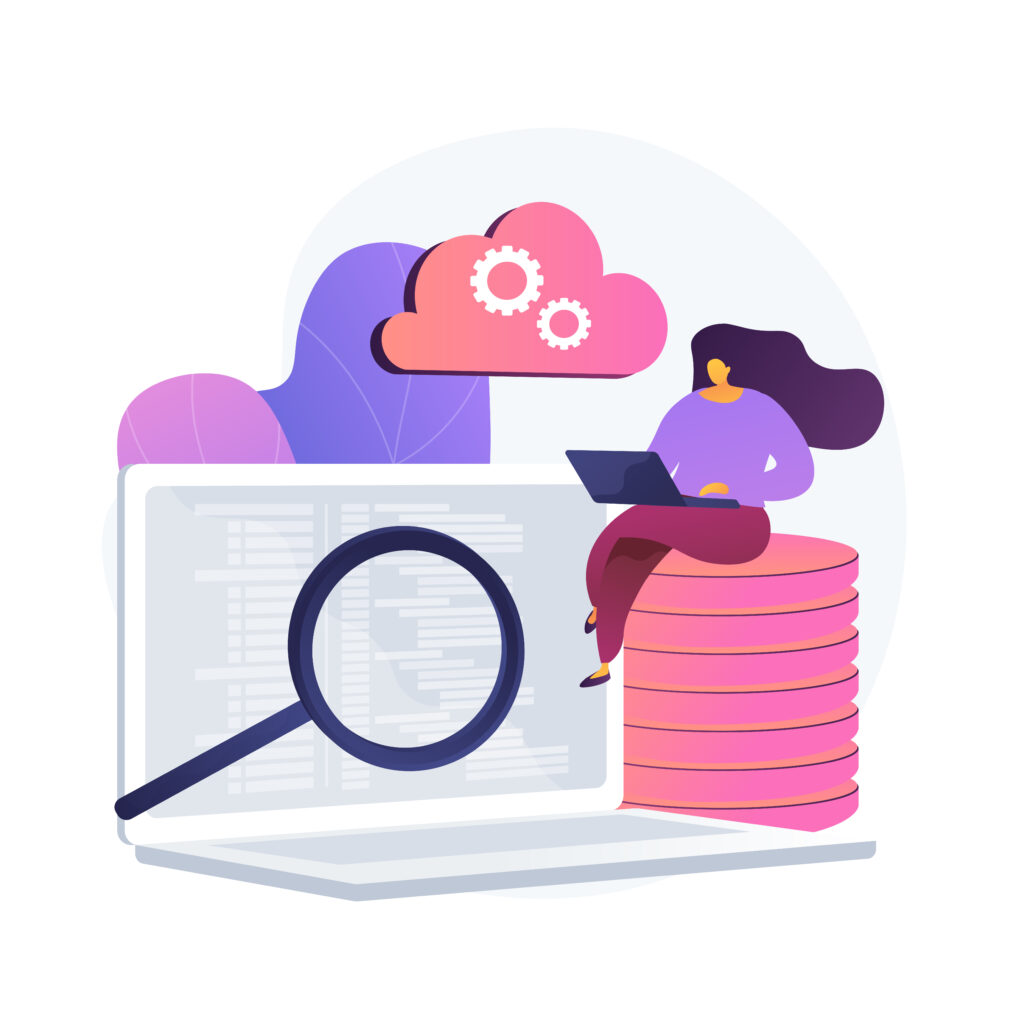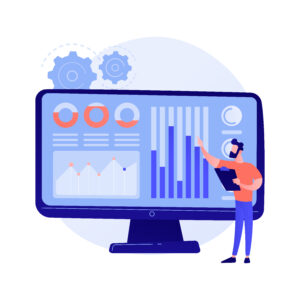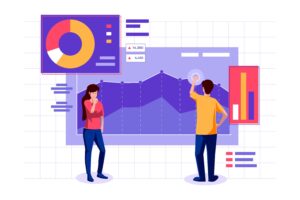Safera
Crime Analytics & Predictions Labs
A hands-on lab that enables law enforcement officers to understand how to work with data to observe analytical and predictive outcomes.

Safera Labs At A Glance
Data Sources
There are mainly three sources - Weather, Crime and, US Census.
Audience
Primary Audience - Police Officers and Law Enforcement Officers
Delivery Mechanism
Azure Cloud hosted, self-driven labs which students can spin up at any time
Class Length
There are total three labs in this course, duration is 1 hour for each lab
Let's Learn About the Labs
As we mentioned above, there are total three labs in this lesson. You need to complete all the three labs and pass the test to earn a certificate of completion.
 For any kind of analytics, be it AI or BI based, preparing the data for analytical consumption is of vital importance. As the adage goes, “Garbage In, Garbage Out”, if the data that’s been fed to the analytical engine is not adequately prepared, none of the resulting analytics will be meaningful.
For any kind of analytics, be it AI or BI based, preparing the data for analytical consumption is of vital importance. As the adage goes, “Garbage In, Garbage Out”, if the data that’s been fed to the analytical engine is not adequately prepared, none of the resulting analytics will be meaningful.
Therefore, it’s vital for the students to understand the importance of preparing the data for analytical purposes. This lab accomplishes that.
A. This lab will help the students understand the importance of exploratory data analysis and data preparation required for downstream analytical consumption.
B. Two types of data sets would be provided in the lab:
- Raw Data sets
Raw data would also be provided for the students to understand the normal quality of the data as its found in the real-world - Prepared Data sets
The data which is prepared and made ready for analytics is also provided for students so that they understand the state of the data that it needs to be for analytical consumption purposes.
C. Students will be given exact steps with all explanations to perform the data transformations, cleansings, and other preparation activities as needed.
D. The students will be made to understand the available data sets, their schema, and their typical usage.
E. They will understand how multiple data sets, like Crime and Weather data, can be stitched together to give better insights and predictions.
 After the data sets have been prepared for analytical consumption, the next logical step is to visualize the data leveraging any commonly available data visualization tool like PowerBI. This lab will help the student understand the power of data visualizations and teach them techniques to enable it.
After the data sets have been prepared for analytical consumption, the next logical step is to visualize the data leveraging any commonly available data visualization tool like PowerBI. This lab will help the student understand the power of data visualizations and teach them techniques to enable it.
- The students will start this lab by importing the data as prepared in the previous lab into PowerBI
- They will then work through the steps to visualize these data sets in various charts and graph widgets available in PowerBI
- They can also perform some pivoting and other quick analytical functions available in PowerBI
- The students will have a PowerBI dashboard that will help them visualize the data in its full glory.
An introduction to PowerBI would also be provided (for those unfamiliar with Microsoft PowerBI)
 Once the students have prepared the data and have been able to visualize them, they would now be ready to take the next logical step – to analyze the data for both Artificial Intelligence and Business Intelligence.
Once the students have prepared the data and have been able to visualize them, they would now be ready to take the next logical step – to analyze the data for both Artificial Intelligence and Business Intelligence.
This lab will help the students develop analytical graphs and charts along with predictive analytics. They will dabble with the AI models used for the predictions.
- Starting off from the PowerBI dashboard built in the previous lab, students will now add analytical capabilities to the dashboard.
- Students will be able to build correlations between various data sets, develop analytical insights, and see the predictions being made by the AI model underneath.
- The students will also be exposed to AI model development and model serving abilities of Azure ML
Technologies Covered

Azure Cloud

Azure Data Factory

Azure Synapse

Azure Blob

Azure Machine Learning

PowerBI

Apache Spark

PyTorch

TensorFlow

Jupyter

Python

Scikit Learn
